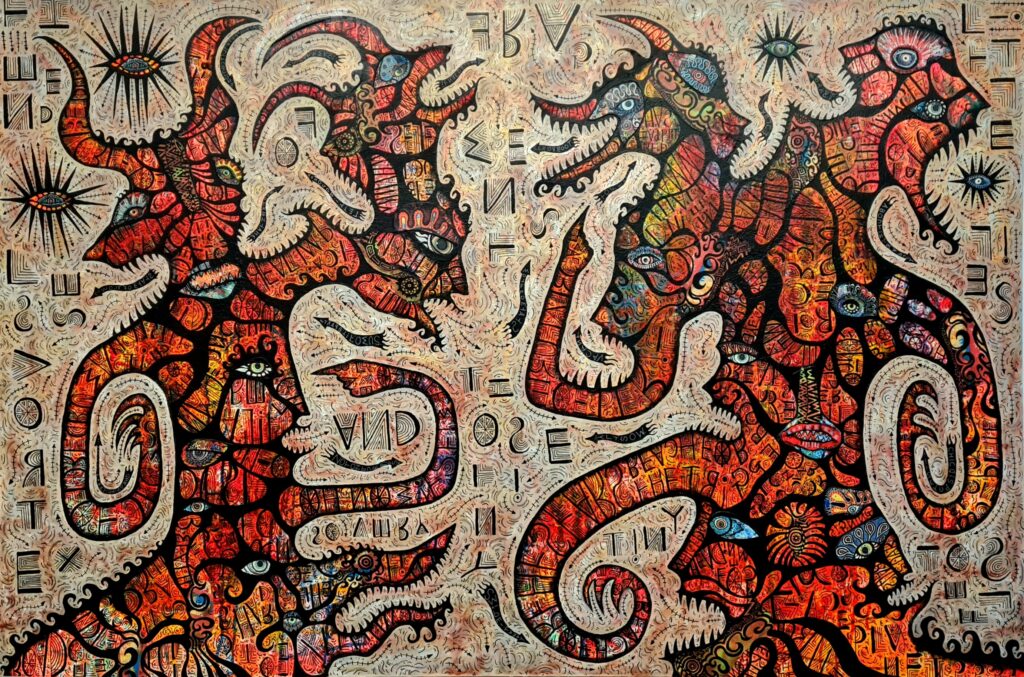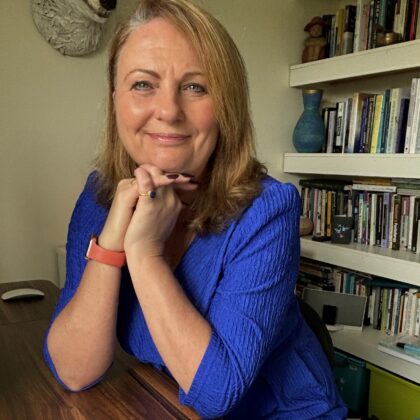Naomi Murphy on trauma and the role of art therapy
Opinion
Dr Naomi Murphy is a consultant clinical and forensic psychologist and one of the guest co-editors of the International Journal of Art Therapy (IJAT) special issue on ‘Art therapy with people who have experienced trauma’. Naomi tells us why she is an advocate for art therapy.

I have spent 25 years working with marginalised people in secure psychiatric hospitals and prisons. As you might imagine, childhood trauma comes up a lot in the histories of people who find themselves locked up for violence and sexual violence.
Personally, I believe people who offend have to recover from the harm they themselves have experienced before they’re ready to work on how they have harmed others. Consequently, the therapeutic models I have been most drawn to are those which are especially helpful for enabling people to heal and move on from relational trauma.
Trauma is often there in the backdrop of those who seek therapy to ease their psychic pain. Trauma and neglect sadly cut across all social groups, even if it is most concentrated among the groups with least power.
Why become an ally of art therapy?
I was introduced to art therapist Emma Allen, who uses art therapy and especially sand play with forensic clients. I found her work fascinating. It sparked for me reflections on the lack of play in the histories of many of the clients I worked with; it also exposed me to the work of other art therapists. I saw how art therapy could be as valuable with articulate adults as it is with those with communication difficulties.
Art therapy has an important role to play in making therapy accessible. Many find it hard to narrate their stories with words. Art can represent an alternative voice to the spoken word. I have increasingly come to see how art also affords some visibility to the embodiment of trauma in ways that some traditional talking therapies may not.
Art therapy has an important role to play in making therapy accessible. Many find it hard to narrate their stories with words.
I was approached by Ali Coles to be a guest editor of the special issue of the International Journal of Art Therapy. It was really fascinating to see how diverse the submitted papers were. I admired the authors’ willingness to subject the discipline to scrutiny and critical thinking in order to challenge each other to grow.
It was great to see submissions that included collaboration with other professionals, as this might represent an appreciation for art therapy that goes beyond those offering the intervention.
Artwork submitted to the call out as part of the special issue
Sharing the value of art therapy
Although we had a good number of submissions, it surprised me that there were not many more. Which made me wonder if art therapy might be hiding its light under a bushel.
I would like to see more art therapists contributing to public discussions on trauma and creating more visibility for the important work that can be done to increase the availability of art therapy.
Listen to the podcast
In Locked Up Living, a podcast I co-host, we interviewed the other special issue guest editors, Ali Coles (art psychotherapist) and Neil Winter (former art therapy service user) about the important contribution that art therapy can play in treating trauma.
Read the special issue
You can find the special issue on art therapy and trauma online. If you’re one of our members, you can read the whole issue for free.
